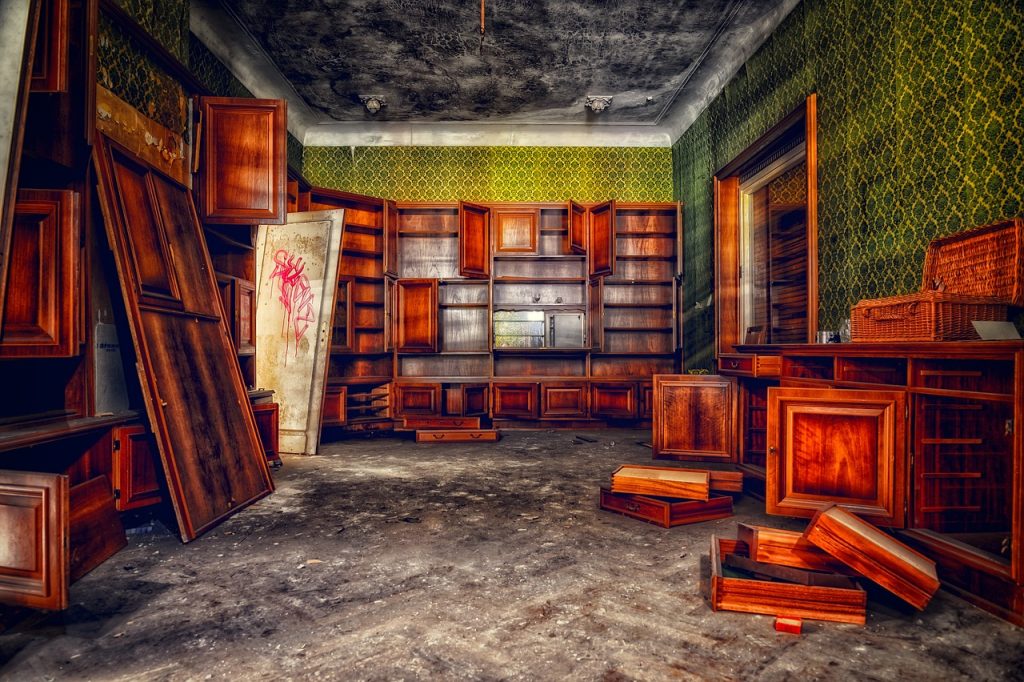Whether you’re selling your home, buying a new one, or performing routine maintenance, a home inspection is an essential step. It offers a comprehensive look at the property’s condition and uncovers potential issues that may require attention. However, one thing that can seriously hinder the process—and potentially raise red flags—is obstructions.
Obstructions during a home inspection don’t just make the inspector’s job harder—they can influence how your home is perceived by potential buyers and even delay the transaction. Here’s what every homeowner should know.
What Are Obstructions in a Home Inspection?
Obstructions are any items, structures, or circumstances that prevent a home inspector from fully accessing or assessing parts of the home. These can be physical, environmental, or even procedural in nature. Common obstructions include:
- Furniture blocking electrical panels or HVAC access
- Locked doors to basements, attics, or utility closets
- Overstuffed storage in garages or crawlspaces
- Overgrown landscaping hiding foundation walls
- Pets that limit access to certain rooms
- Snow or debris covering the roof or walkways
Why Obstructions Matter
1. Incomplete Inspection Reports
If an inspector can’t access an area, it will be marked as “not inspected.” This can lead to uncertainty and hesitation for buyers, potentially resulting in renegotiations or requests for additional inspections.
2. Perception of Concealment
Even innocent obstructions can raise suspicions. Buyers may wonder if you’re trying to hide something, like water damage behind a bulky dresser or foundation cracks behind a shelf of boxes.
3. Delays and Additional Costs
Missed areas often require follow-up inspections, costing time and money. In a fast-moving market or tight closing timeline, this can create significant complications.
How Homeowners Can Prepare
1. Ensure Full Access
Make sure all areas of the home are unlocked and accessible. This includes attics, crawlspaces, utility rooms, and garages. Don’t forget to clear the path to water heaters, HVAC systems, and electrical panels.
2. Declutter Problem Areas
Temporarily move items that might obstruct key inspection points. Stacked storage, especially in basements or utility rooms, can block visibility and cause concern.
3. Trim Outdoor Landscaping
Overgrown bushes or tree branches can prevent inspection of siding, foundations, or windows. A quick yard tidy-up goes a long way.
4. Clear Snow and Debris
In colder months, make sure snow is cleared from driveways, roofs (if possible), and outdoor mechanical components. If you can’t safely access it, neither can the inspector.
5. Secure Pets
Ensure pets are either removed from the home during the inspection or safely contained so that all areas can be accessed without risk or distraction.
What Inspectors Typically Need Access To
Here’s a brief checklist of areas inspectors need to examine:
- Attic and insulation
- Crawlspace or basement
- Electrical panel and outlets
- Plumbing fixtures and shutoffs
- HVAC units and filters
- Roof, gutters, and chimney
- Water heater and sump pumps
- Foundation walls and slab
- Doors and windows (interior and exterior)
Final Thoughts
A smooth, obstruction-free home inspection is a win-win for everyone involved. It ensures a thorough and accurate report, builds trust between buyer and seller, and keeps the transaction on track. As a homeowner, taking the time to prepare your home properly not only demonstrates responsibility but can also help your home sell faster—and possibly at a better price.
So, before the inspector knocks on your door, take a quick walkthrough and clear the way. Your future self (and your home’s future owner) will thank you.


Recent Comments